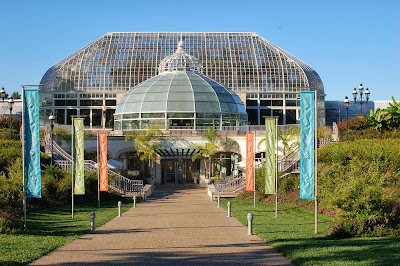- Mushroom foray
- What we
collected (small amounts, not enough for dyeing)
- Hydnelllum
aurantiacum – can make teals and blue-greens
- Tapinella
atrotomentosus – blue-greens and occasionally purples
- Susan Hopkins’
samples
- Many shades of
Inonotus hispidus and Phaeolus schweinitzii
- Hapilopilus
nidulans - purple
- Basket full of mushroom-dyed colors!
In September a friend and I ventured to The Mannings, a handweaving
and handspinning shop in East Berlin, Pennsylvania. We were about to discover
that hidden colors may be found in many mushrooms. Susan Hopkins was our mentor.
She has studied mushroom identification and dyeing with mushrooms and teaches a
number of classes on this fascinating and unusual subject.
We learned how to chop the mushrooms in small pieces, simmer
them in a pot of hot water at 170°F, strain out the mushroom pieces and place
skeins of wool into the pot. The skeins had been pretreated with a mordant such
as alum to allow the color to permeate the wool fibers. If a mordant is not
used, the color will not be as permanent or as bright. Using other mordants
such as iron, tin, and copper produce different colors, but in our class we
used only potassium alum and iron, the safest mordants.
When the wool skeins had simmered for an hour, also at 170°,
the wool was ready to rinse and hang to dry. During the 4-day workshop we
worked in teams of two and made new colors each day. Each of us came home with
at least 14 ounces of dyed wool yarn – enough to make a vest!
Mushrooms and other fungi are no longer classified as
plants, but are considered parasites living on other organisms on which they
feed, or saprophytes, obtaining their food from dead organisms such as a
decaying tree stump. Some are destructive like anthracnose, which cause dogwood
and other shade trees to drop their leaves. Others are beneficial, breaking
down organic matter for soil improvement, for medicine, and of course,
providing delicious food for us!
Recently I cooked 4 different mushrooms found in my yard and
in the woods near my home. I kept four small jars of mushroom “paint” and made
a small drawing, painted entirely with my mushroom watercolors! Fun – you can
be sure that more paintings with fungi are on my “basket” list !












